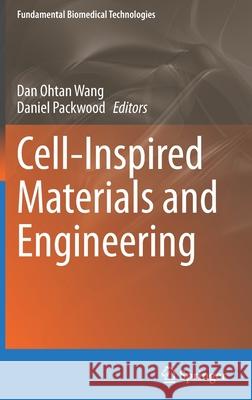Cell-Inspired Materials and Engineering » książka
topmenu
Cell-Inspired Materials and Engineering
ISBN-13: 9783030559236 / Angielski / Twarda / 2021 / 257 str.
Cell-Inspired Materials and Engineering
ISBN-13: 9783030559236 / Angielski / Twarda / 2021 / 257 str.
cena 684,33
(netto: 651,74 VAT: 5%)
Najniższa cena z 30 dni: 655,41
(netto: 651,74 VAT: 5%)
Najniższa cena z 30 dni: 655,41
Termin realizacji zamówienia:
ok. 22 dni roboczych
Dostawa w 2026 r.
ok. 22 dni roboczych
Dostawa w 2026 r.
Darmowa dostawa!
Kategorie:
Kategorie BISAC:
Wydawca:
Springer
Seria wydawnicza:
Język:
Angielski
ISBN-13:
9783030559236
Rok wydania:
2021
Wydanie:
2021
Numer serii:
000321120
Ilość stron:
257
Waga:
0.55 kg
Wymiary:
23.39 x 15.6 x 1.6
Oprawa:
Twarda
Wolumenów:
01
Dodatkowe informacje:
Wydanie ilustrowane











